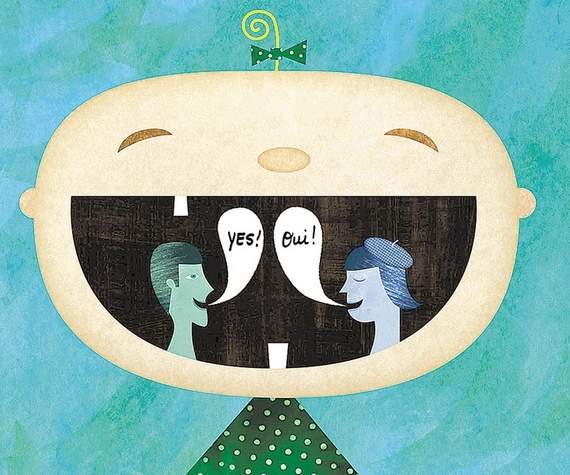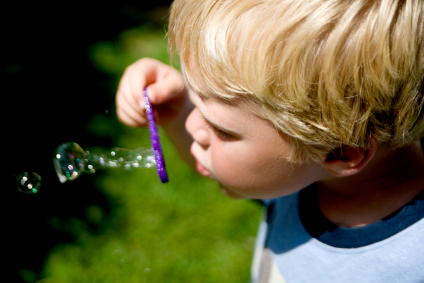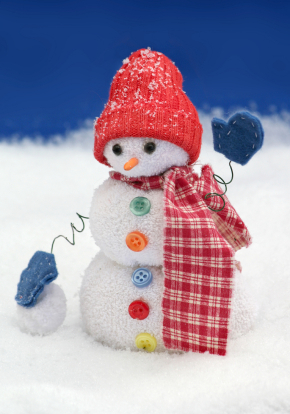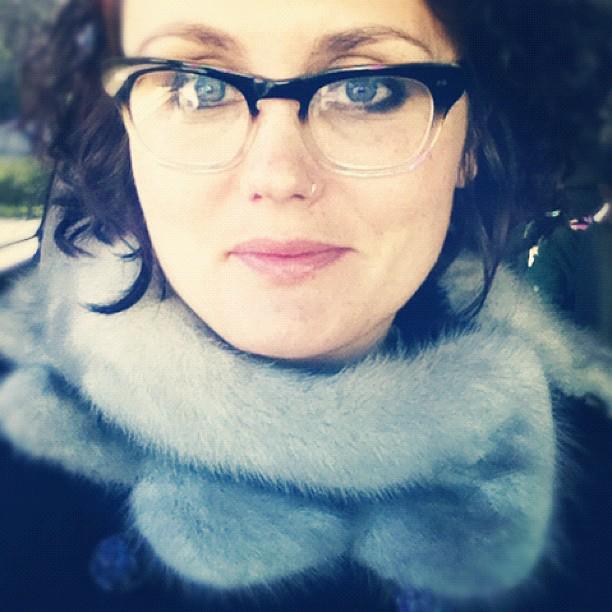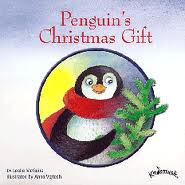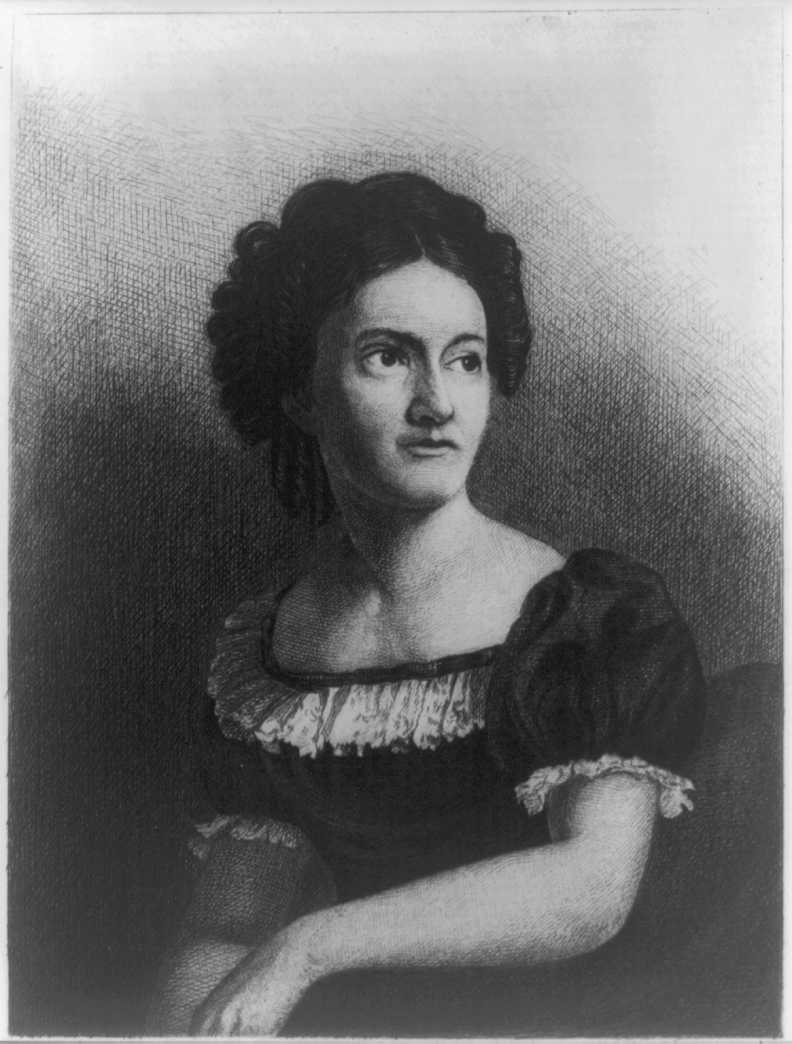 We call it play, the work children do all the day long. From rolling a ball to tasting it, from building with blocks to knocking them down, a child’s job is to play.
We call it play, the work children do all the day long. From rolling a ball to tasting it, from building with blocks to knocking them down, a child’s job is to play.
Activities for Kids at Home
Children learn and grow through play. Toys that mimic everyday objects, like kitchen appliances and gardening tools help a child to act out what he sees the grown-ups doing. Toys that specifically encourage creativity, like blocks, scarves, and Legos equip children as they use their ever-amazing minds to construct and pretend. Other simple things that inspire open-ended play include cardboard boxes, dress-up clothes, and Lincoln logs. Read here for more open-ended play ideas.
The most important play-thing
As parents, we want our children to have the best toys to help with their development. After
all, creating a stimulating home environment is the least we can do. But the most important play-thing that your child can have does not come in a box or from a store. Children need loving parents and caregivers to not only provide them with quality tools for their work, but they need adults to stop, sit, and become co-workers at play. This is one of the best educational activities for 2 year olds, 3 year olds, and beyond. It’s easy to delight a child with a new toy and walk away. But a child needs personal interaction with the adults in her life as she learns and grows.
It’s hard to take a break from what we view as important: work-related issues, financial problems, the upkeep of a home. But investing daily in the lives of our children by sitting down with them, allowing them the freedom to choose what to play, following them and labeling their actions, resisting the urge to organize and perfect their play, is the most important work that you can do as a parent.
Inspiring play through music and movement
In our Kindermusik classes you’ll find lots of inspiration for play, both musical and non-musical. Though our classes are music-based, we’ll give you lots of tips and ideas for playing with your child in class and at home – tips and ideas that come from an understanding of the concept of scaffolding, from learning more about your child’s developmental stage, and from the child-centered way that we approach our classes. There’s nothing like a Kindermusik class to give you a reason for playing with your child – once a week in class and throughout the week at home.
The simple act of investing time in play with your child is one of the very best investments you can make. Take a few minutes to play today!
Edited and revised by Theresa Case, whose Kindermusik program at Piano Central Studios in Greenville, SC, is proudly among the top 1% of Kindermusik programs worldwide.

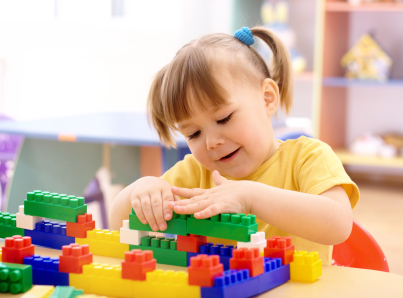
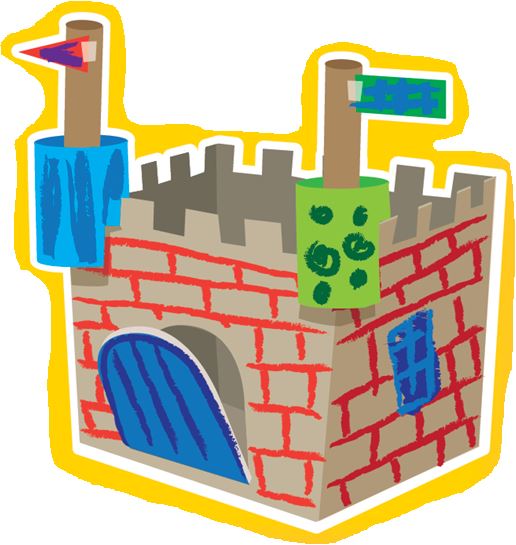




 As long as you have your phone, your tablet, or your computer, you have your Kindermusik@Home with all of the activities, resources, play ideas, and music at your fingertips.
As long as you have your phone, your tablet, or your computer, you have your Kindermusik@Home with all of the activities, resources, play ideas, and music at your fingertips.